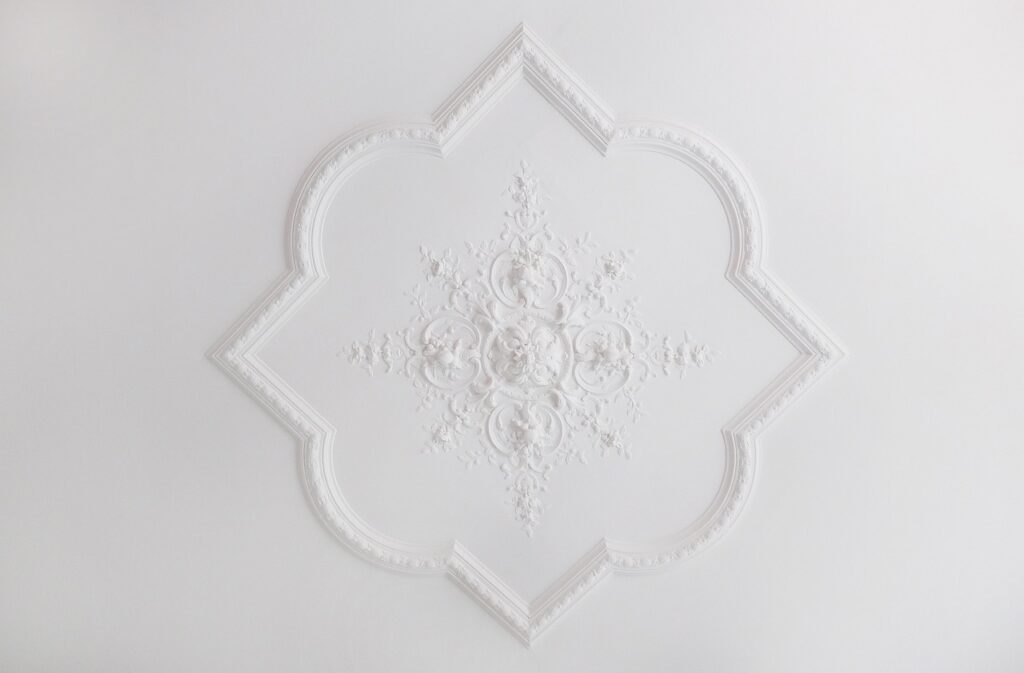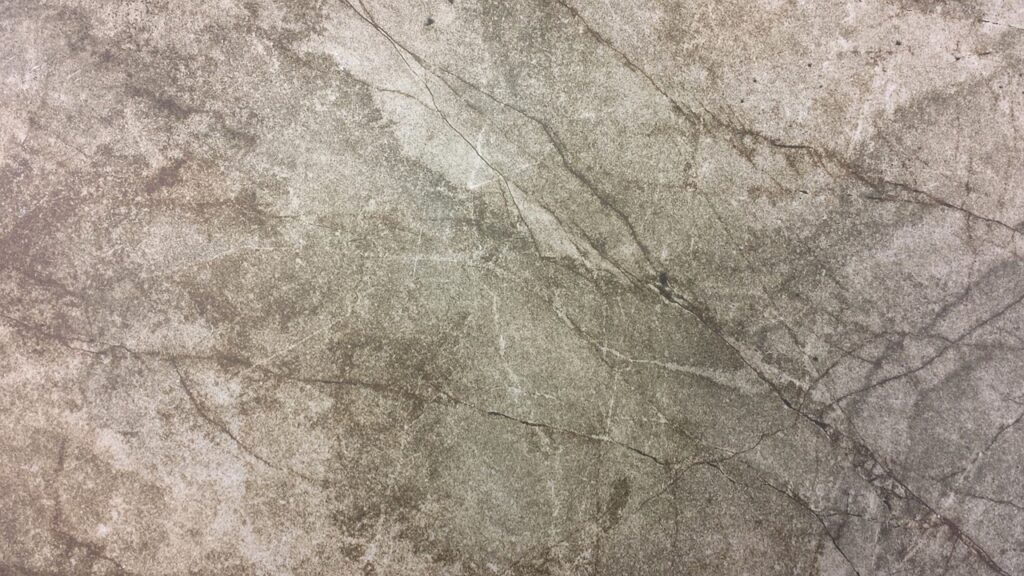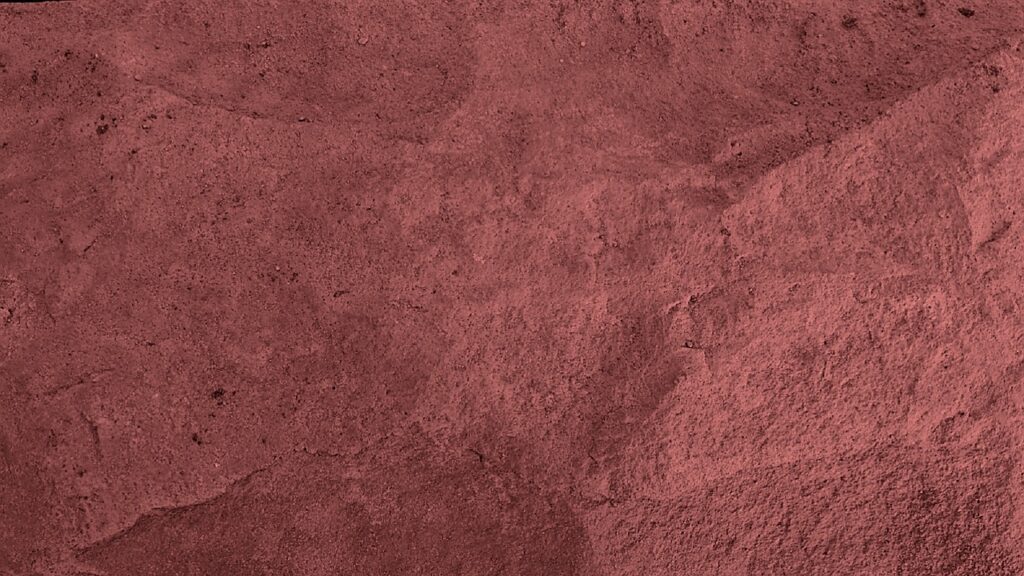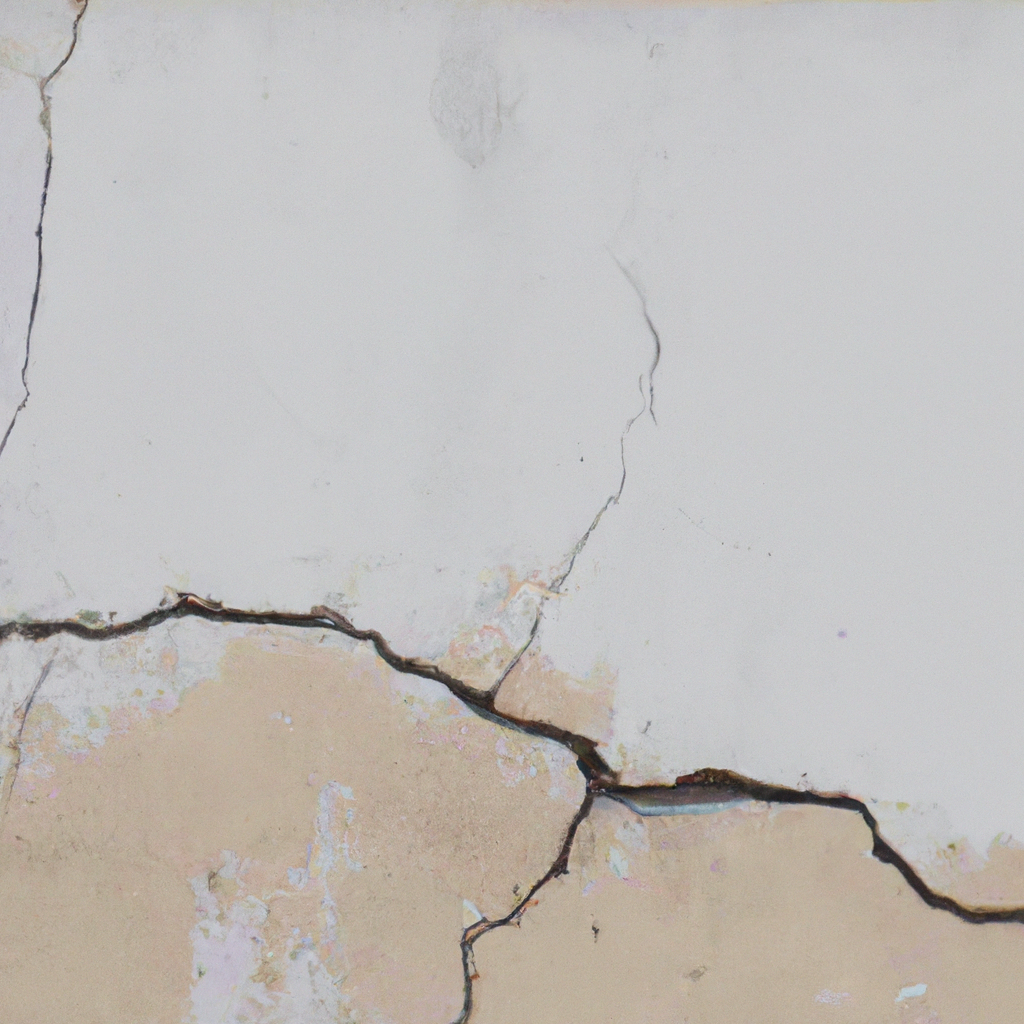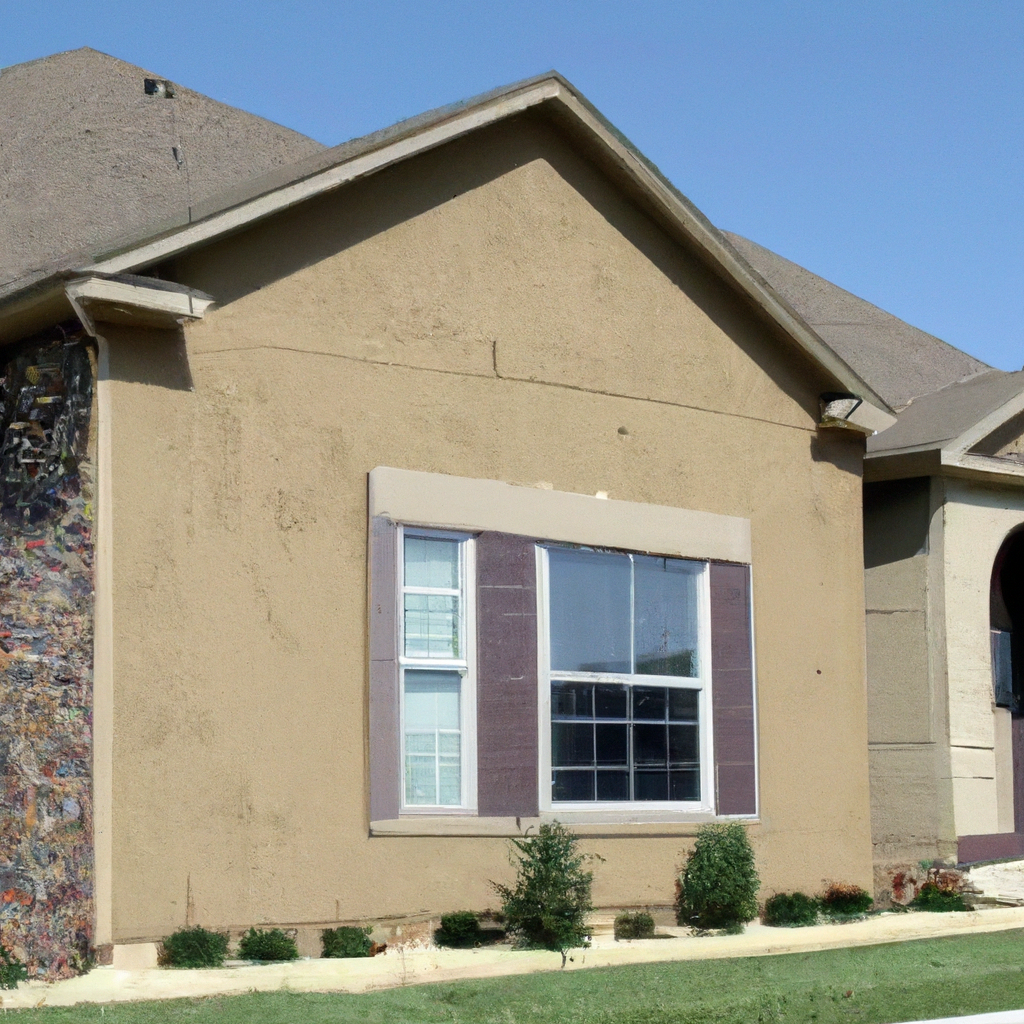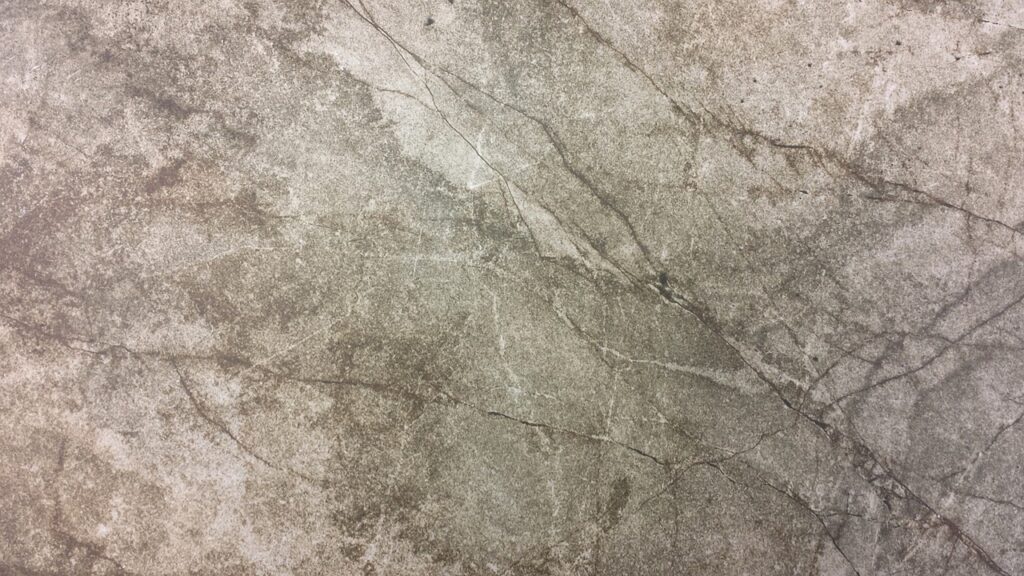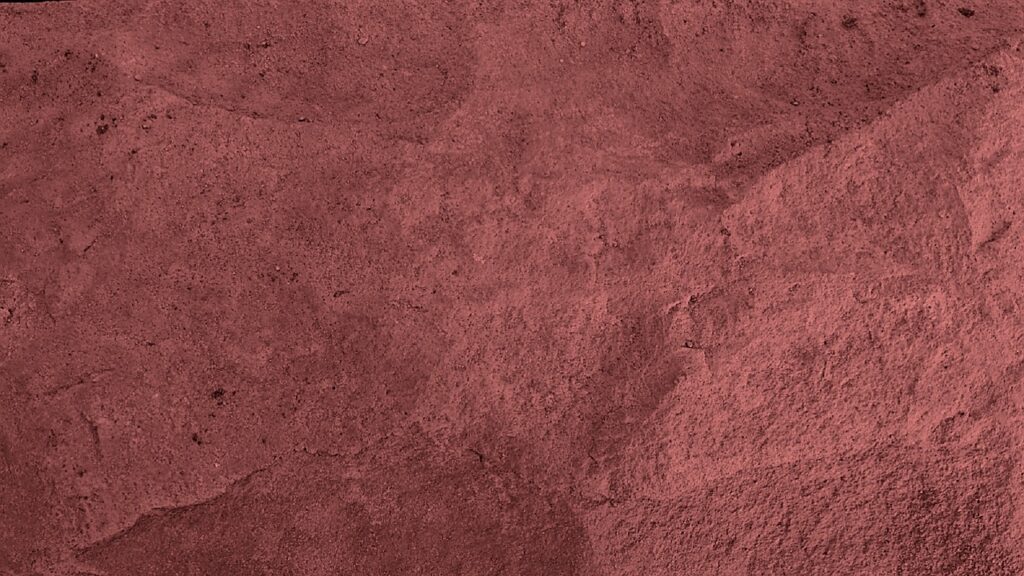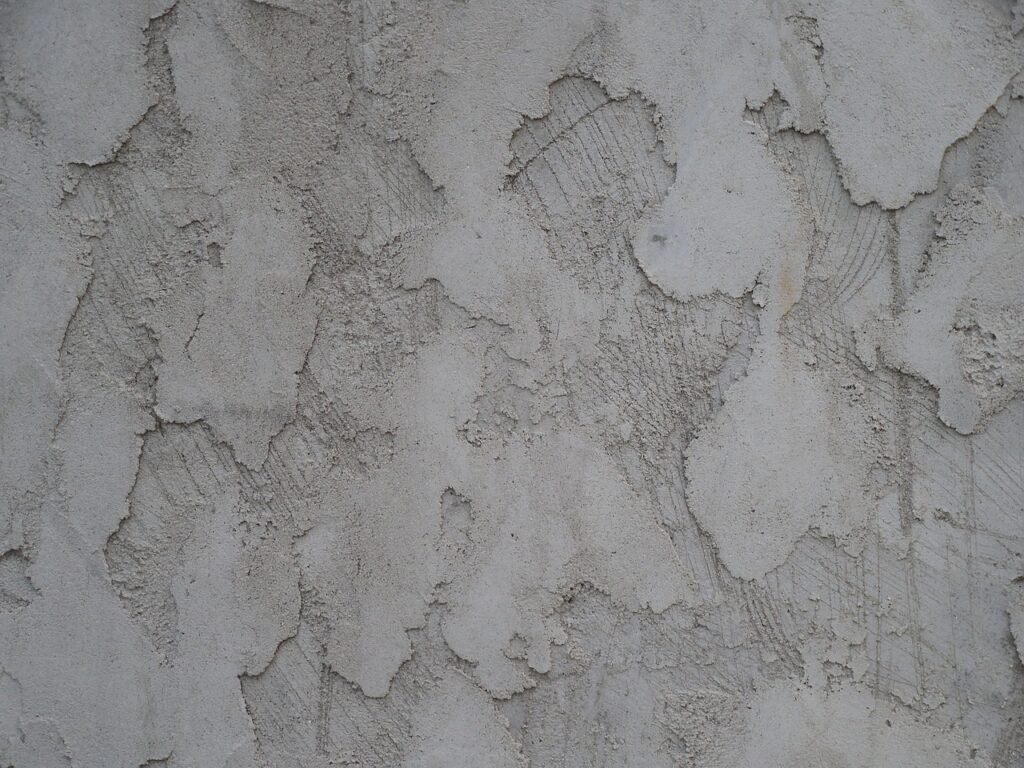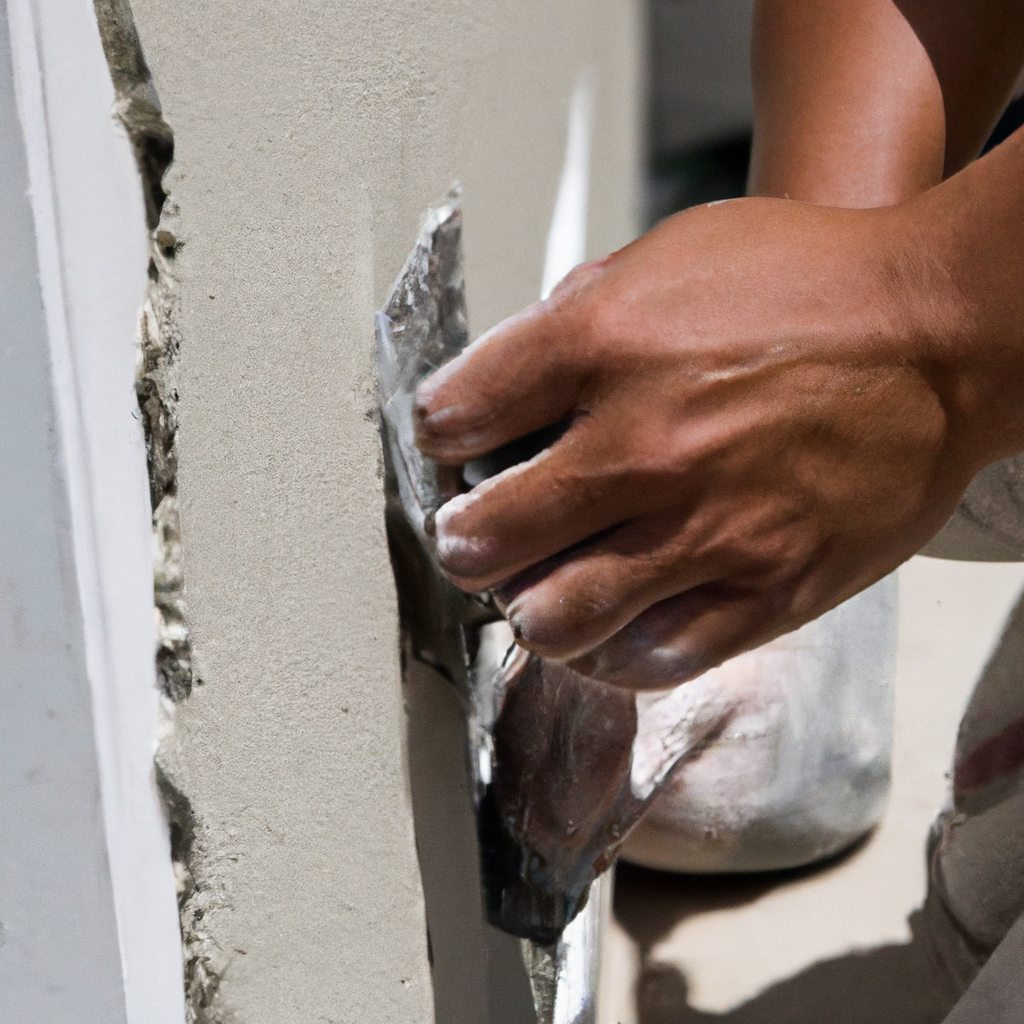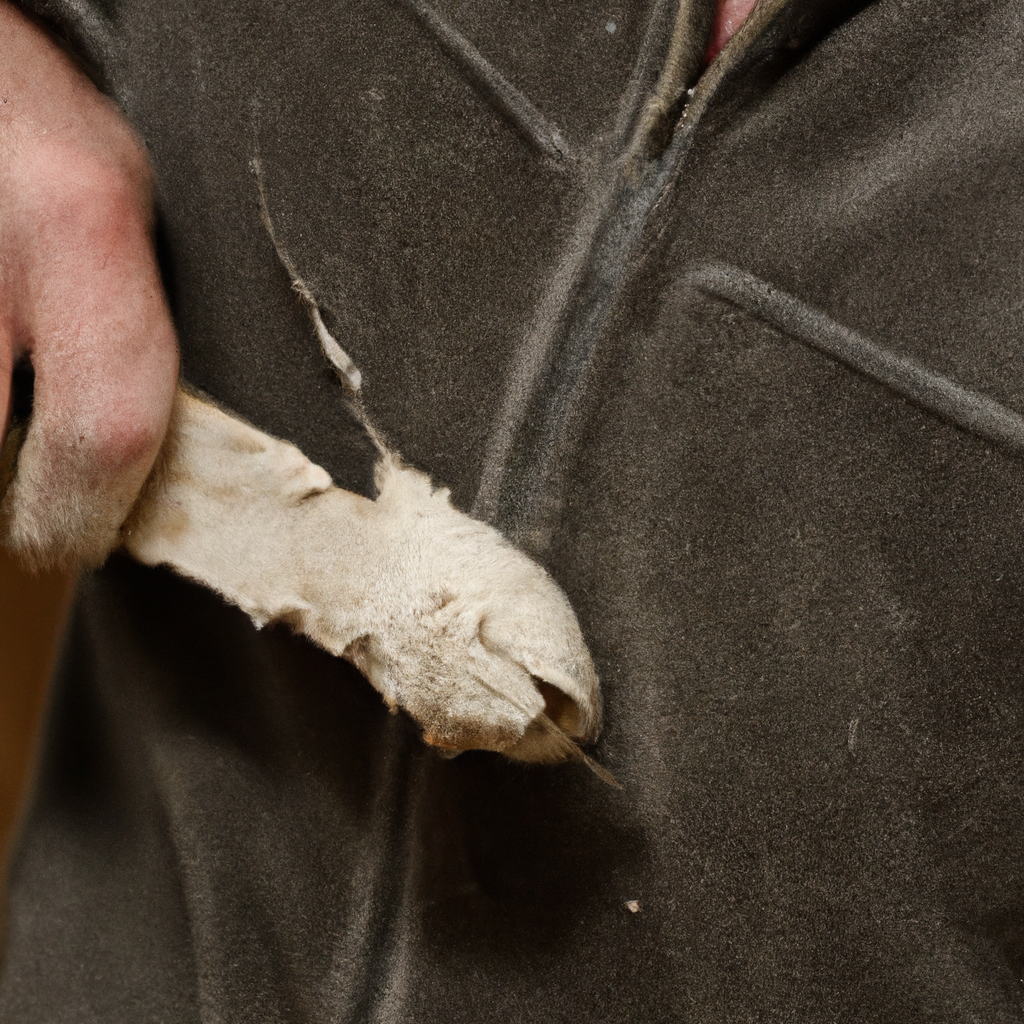If you’re a homeowner, you know that unexpected repairs can often put a dent in your budget. When it comes to stucco repair, understanding the potential costs involved can help you plan ahead and make informed decisions. In this article, we’ll explore the factors that influence stucco repair costs and provide you with valuable insights to ensure your repairs are done in a cost-effective manner. Whether you’re dealing with small cracks or extensive damage, this article will equip you with the knowledge you need to tackle your stucco repair project with confidence.
Factors Affecting Stucco Repair Costs
When it comes to stucco repair, several factors come into play that can affect the overall cost of the project. Understanding these factors is essential for anyone considering stucco repair and wanting to budget accordingly. Here are the key factors that can influence stucco repair costs:
Extent of Damage
The extent of damage is one of the primary factors that determine how much your stucco repair will cost. If you only have minor cracks or chips, you can expect the repairs to be relatively inexpensive. However, if the damage is extensive and widespread, you can anticipate higher repair costs. It’s crucial to assess the damage accurately before determining the necessary repairs and estimating the associated expenses.
Location of the Damage
The location of the stucco damage also plays a role in the overall repair costs. If the damaged area is easily accessible and does not require any additional precautions or special equipment, the repairs will likely be more straightforward and less costly. However, if the damage is located in hard-to-reach areas or requires specialized equipment, such as scaffolding, the repair costs may increase.
Size of the Area to be Repaired
The size of the area that needs to be repaired directly affects the cost of stucco repair. It’s common sense that larger areas will require more time, effort, and materials to fix properly. Therefore, the larger the damaged area, the higher the repair costs will typically be. It’s essential to accurately measure the extent of the damage to determine the necessary repairs accurately.
Materials Used for Repair
The choice of materials for stucco repair can also impact the overall cost. There are various types of materials available for stucco repair, ranging in price and quality. Opting for higher-quality materials may be more expensive initially but can provide better long-term durability and aesthetics. It’s crucial to discuss the material options with a professional to find the right balance between quality, cost, and your specific repair needs.
Types of Stucco Repair
Stucco repair can involve different techniques and approaches, depending on the severity and nature of the damage. Understanding the different types of stucco repair options can help you determine the best course of action and estimate the associated costs. Here are the most common types of stucco repair:
Minor Cracks and Chips
Minor cracks and chips are some of the most common issues with stucco, mainly caused by natural settling, temperature changes, or impacts. Repairing minor cracks and chips usually involves filling them with a stucco patch or a specialized sealant. This type of repair is generally less complex and more affordable compared to other stucco repair options.
Stucco Patching
Stucco patching is a slightly more involved repair approach that is suitable for larger cracks, holes, or areas with missing stucco. The damaged area is cleaned, and a new layer of stucco is applied to match the existing texture and color. Stucco patching requires some level of expertise to ensure a seamless integration with the original stucco finish and cost more than simple crack repair.
Re-stuccoing
Re-stuccoing involves removing the old or damaged stucco and applying an entirely new layer. This type of repair is typically required for extensive damage or when the existing stucco is beyond repair. Re-stuccoing involves more labor and materials, making it a more costly option. However, it can provide a completely fresh and revitalized look to your property.
Complete Stucco Replacement
In some cases, the damage to the stucco may be so severe that a complete replacement is necessary. Complete stucco replacement involves removing the entire stucco system and replacing it with a new one. This is the most expensive option due to the extensive labor and materials involved. It is usually reserved for situations where the structural integrity of the existing stucco is compromised.
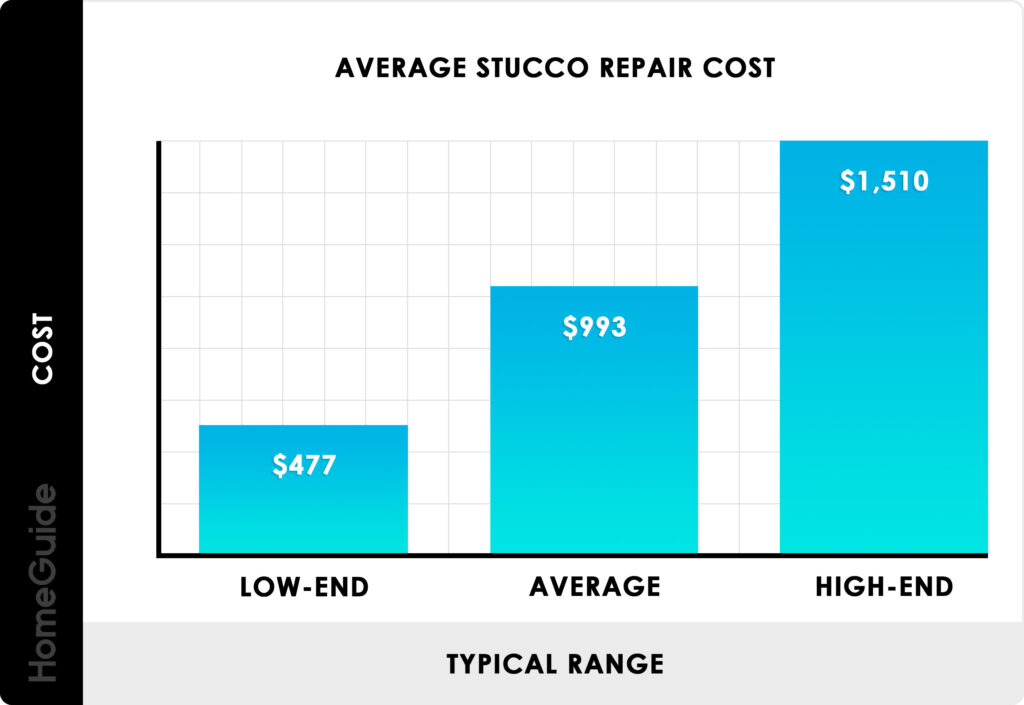
Average Stucco Repair Costs
While the exact costs of stucco repair can vary depending on several factors, it’s helpful to have a rough estimate of what to expect. Here are the average costs associated with different types of stucco repair:
Minor Cracks and Chips: $100 – $300
Repairing minor cracks and chips is usually the most affordable stucco repair option, with costs typically ranging from $100 to $300. This estimate includes the cost of materials and labor required for filling and sealing the damaged areas.
Stucco Patching: $300 – $500
Stucco patching, which involves repairing larger cracks and holes, is slightly more expensive. The average cost for stucco patching is around $300 to $500, depending on the size and complexity of the repair.
Re-stuccoing: $2,000 – $6,000
Re-stuccoing a damaged area or wall can be a more involved and costly repair option. On average, you can expect to pay anywhere from $2,000 to $6,000 for re-stuccoing, depending on the size of the area to be re-stuccoed and the materials used.
Complete Stucco Replacement: $6,000 – $10,000
Complete stucco replacement is the most expensive repair option, as it involves removing the existing stucco system entirely and replacing it with a new one. The cost for complete stucco replacement typically ranges from $6,000 to $10,000, depending on the size and complexity of the project.
It’s important to note that these are average costs, and the final price for your specific stucco repair project may vary depending on the factors mentioned earlier.
Additional Cost Factors
In addition to the primary factors that influence stucco repair costs, there are several additional cost factors that you should keep in mind when budgeting for your project:
Labor Costs
Labor costs can significantly impact the total cost of stucco repair. The complexity of the repair, the necessary expertise, and the time required to complete the project will all affect labor costs. Always consider getting multiple quotes from reputable professionals to ensure you’re getting a fair price for the labor involved.
Permit and Inspection Fees
Depending on your location and the regulations in place, you may need to obtain permits for stucco repair. Permit fees can vary, so it’s essential to check with your local building department. Additionally, some jurisdictions may require inspections after the stucco repair is completed, which may incur additional fees.
Equipment Rental
In some cases, specific equipment may be required for stucco repair, such as scaffolding or power tools. If you decide to DIY the repair, you may need to factor in the cost of renting or purchasing any necessary equipment. Professionals typically have the required equipment on hand, but it may be included in their estimate.
Architectural Design and Texture Matching
If your property has unique architectural details or a specific stucco texture, replicating the design and matching the texture during the repair process may involve additional costs. Ensuring that the repair seamlessly blends with the existing stucco finish can require specialized skills and materials.
Considering these additional cost factors will help you develop a more accurate budget for your stucco repair project.
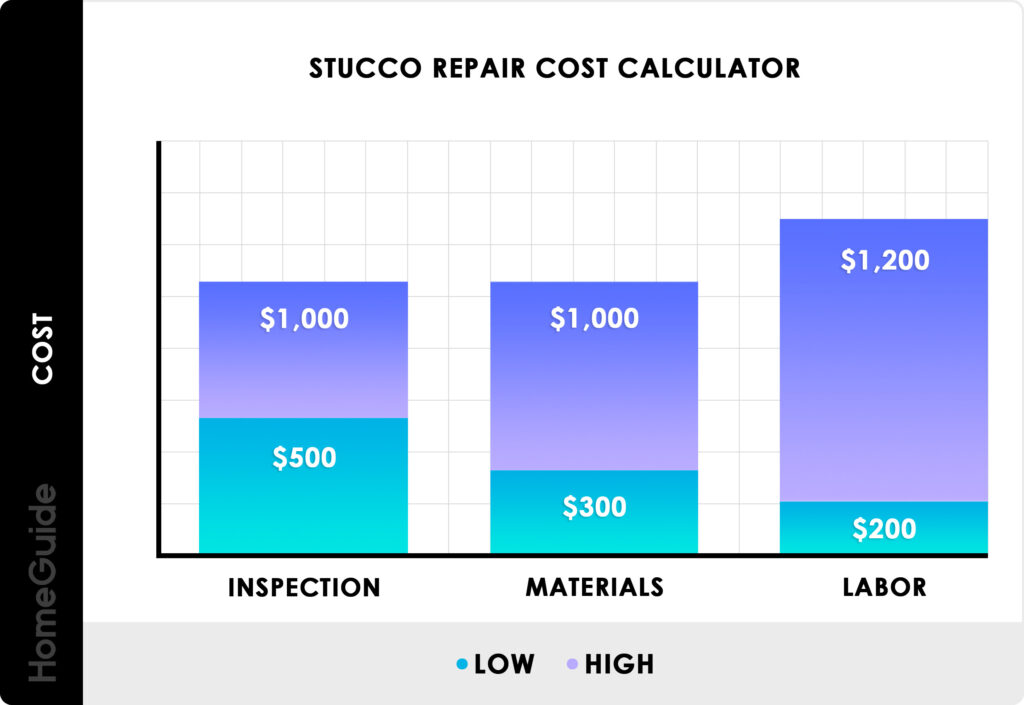
DIY vs. Professional Stucco Repair
Deciding whether to tackle stucco repair as a DIY project or hire a professional is an important choice that can impact the overall cost and quality of the repair. It’s essential to weigh the pros and cons of each approach to make an informed decision:
Pros of DIY Stucco Repair
One of the primary advantages of opting for a DIY stucco repair is the potential cost savings. By doing the repair yourself, you can eliminate labor costs, which can be a significant portion of the overall expenses. DIY projects also provide a sense of accomplishment and can be a rewarding experience for those who enjoy taking on home improvement tasks.
Cons of DIY Stucco Repair
While DIY stucco repair may save you money initially, it’s crucial to consider the potential downsides. Repairing stucco requires knowledge, skill, and experience to ensure a proper and long-lasting repair. Without the necessary expertise, there is a greater risk of making mistakes that could lead to more significant damage or the need for costly repairs down the line.
Benefits of Hiring a Professional
Hiring a professional for your stucco repair project brings several benefits. Professionals have the expertise and experience to accurately assess the damage, determine the appropriate repairs, and ensure the work is done to industry standards. They also have access to the necessary tools and materials, which can provide better results and potentially save time. Additionally, professionals often offer warranties on their work, giving you added peace of mind.
Factors Influencing DIY vs. Professional Decision
Several factors can influence whether a DIY or professional stucco repair is the right choice for you. These may include your comfort level with DIY projects, your skill level and experience with stucco repair, the complexity and severity of the damage, and your budget. Assessing these factors and considering the potential risks and benefits will help you make an informed decision that meets your needs and budgetary constraints.
Ways to Save on Stucco Repair Costs
While stucco repair costs can add up, there are several strategies you can employ to help save on expenses without compromising the quality or durability of the repair. Consider the following tips to keep your stucco repair costs within your budget:
Compare Quotes
When hiring a professional for stucco repair, it’s important to obtain quotes from multiple contractors. Comparing quotes will give you a better idea of the average cost and help you choose a reputable professional who offers competitive pricing. Avoid automatically opting for the lowest quote, as quality and experience should also be taken into account.
Obtain Multiple Opinions
If you’re presented with multiple repair options from different contractors, consider seeking a third or fourth opinion. Multiple professional opinions can help you make an informed decision and identify any potentially unnecessary repairs or inflated costs. This way, you can ensure that you’re only paying for the repairs that are truly necessary.
Consider Long-term Solutions
While it may be tempting to opt for the cheapest and quickest repair option, it’s essential to consider the long-term implications. Investing in high-quality materials and workmanship may require a higher upfront cost but can save you money in the long run by reducing the likelihood of future repairs or additional maintenance.
Regular Maintenance and Inspection
One of the best ways to save on stucco repair costs is to prioritize regular maintenance and inspection. Routine upkeep, such as cleaning, sealing, and addressing minor issues promptly, can help prevent more significant damage and the need for costly repairs down the line. Regular inspections by professionals can also identify and address potential issues before they escalate.
By implementing these cost-saving strategies, you can minimize your stucco repair expenses without compromising the quality or longevity of the repair work.

Importance of Professional Stucco Repair
When it comes to addressing stucco damage, professional repair is crucial for several important reasons. Let’s explore why investing in professional stucco repair is essential for maintaining the integrity and value of your property:
Ensuring Proper Repairs
Stucco repair is not a simple task and requires specific knowledge and expertise to be done correctly. Professionals have the necessary training and experience to accurately assess the damage, select the appropriate repair methods, and carry out the work to industry standards. By hiring a professional, you can ensure that the repairs are done properly the first time, avoiding potential issues and costly rework.
Preserving Structural Integrity
Stucco plays a crucial role in protecting the underlying structure of a building. Properly repaired stucco helps maintain the structural integrity by preventing water infiltration and protecting against potential damage caused by moisture. Professionals understand the importance of thorough repairs that address not only the visible damage but also any underlying issues that may compromise the structure.
Avoiding Further Damage
Stucco damage, if left untreated, can worsen over time and lead to more substantial issues. Water intrusion, mold growth, or structural problems can all result from neglected stucco damage. Professional stucco repair ensures that current damage is appropriately addressed, preventing the situation from deteriorating further and potentially saving you from even costlier repairs.
Maintaining Property Value
The appearance and condition of your property play a significant role in its market value. Stucco damage not only affects the aesthetic appeal but can also diminish the overall value of your property. Professional stucco repair ensures that the damaged areas are restored to their original condition, enhancing the curb appeal and value of your property.
Investing in professional stucco repair is a wise decision that pays off in the long run. By entrusting the repairs to experienced professionals, you can have peace of mind knowing that your stucco is in good hands and that the structural integrity and value of your property are being preserved.
Hidden Costs of Stucco Repair
Stucco repair costs extend beyond the immediate expenses associated with the repair itself. Here are two hidden costs to be aware of:
Repairing Underlying Issues
While the visible damage may be evident, there could be underlying issues that contribute to the stucco damage, such as water intrusion, improper installation, or hidden structural problems. Addressing these underlying issues may involve additional work and expenses beyond the initial repair. It’s important to work with professionals who can properly assess any potential underlying issues to avoid future damage and costs.
Restoring Exterior Finishes
Repairing stucco damage often requires matching the existing exterior finishes, such as texture and color, to ensure a seamless repair. Achieving a precise match can be challenging and may require additional effort and resources. Restoring the exterior finishes can involve specialized techniques and materials, which may result in additional costs.
Considering these hidden costs when budgeting for stucco repair allows you to account for potential expenses that may arise during the process. Working with professionals who have experience in identifying and addressing underlying issues can help minimize these additional costs.
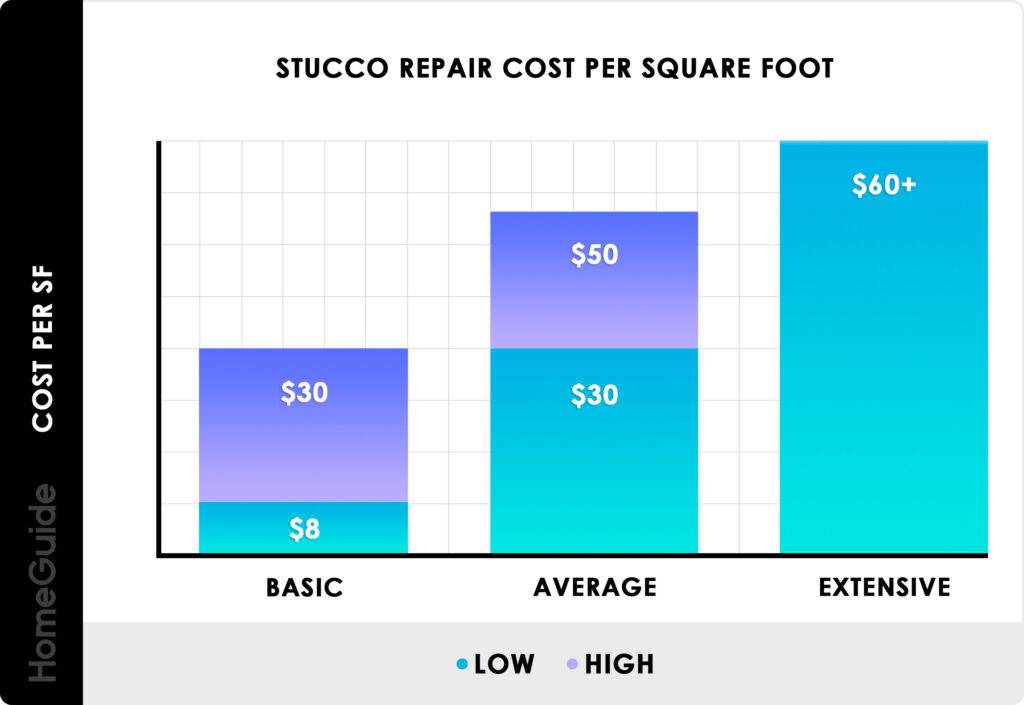
Conclusion
Stucco repair costs can vary depending on several factors, including the extent of the damage, location, size of the area to be repaired, and the materials used. It is essential to assess the damage accurately and obtain multiple quotes from reputable professionals to develop an accurate budget. While DIY stucco repair can save money initially, hiring a professional ensures proper repairs, preserves the structural integrity of your property, and avoids further damage. By implementing cost-saving strategies, regularly maintaining and inspecting your stucco, and investing in professional repairs, you can ensure the longevity, appearance, and value of your property.
